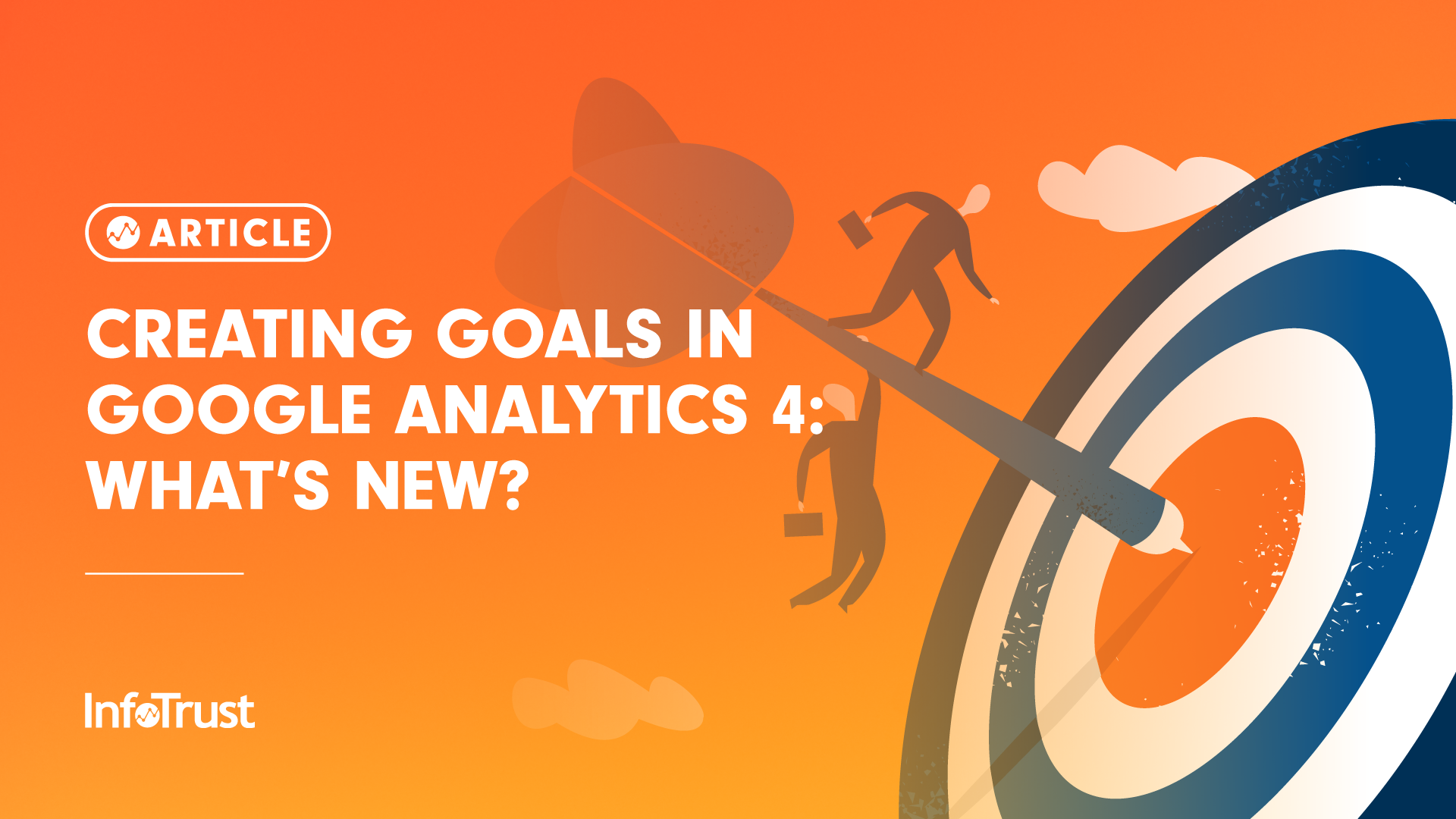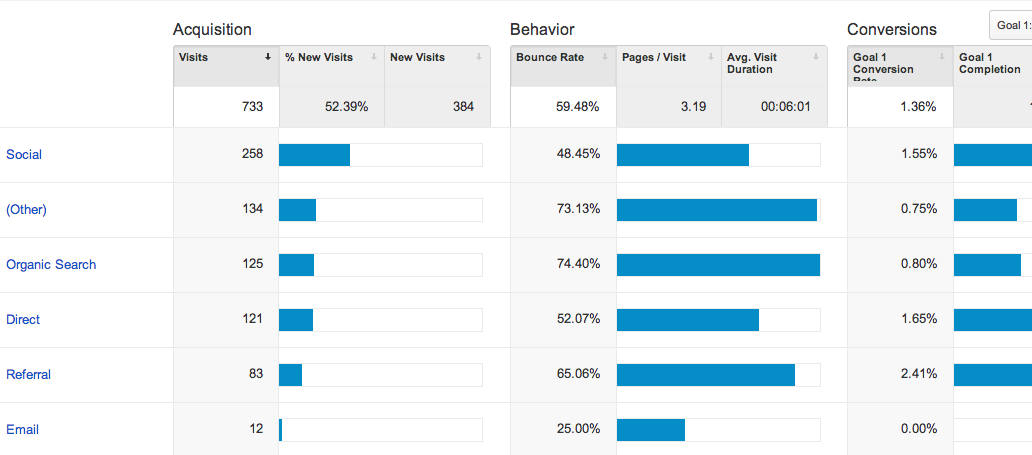What Data Is Google Analytics Goals Unable to Track: A Full Overview
What Data Is Google Analytics Goals Unable to Track: A Full Overview
Blog Article
Unveiling the Blind Spots: Recognizing What Google Analytics Goals Can not Determine
In the world of electronic analytics, Google Analytics stands as a powerful device for tracking and evaluating on the internet user interactions. In the middle of its robust capacities, there exist blind areas that often escape measurement. what data is google analytics goals unable to track. Understanding what Google Analytics goals can not measure is essential for obtaining a detailed sight of customer actions and involvement. As we look into the intricacies of these blind areas, we uncover a complex internet of uncharted regions that hold beneficial insights into user actions and inspirations, difficult traditional wisdom and losing light on the constraints of our data-driven understanding.
Individual Habits on External Operatings Systems
Comprehending how individuals engage on external platforms is important for maximizing on the internet techniques. External platforms, such as social media sites networks, recommendation sites, and online forums, play a substantial function in driving web traffic to a company's website. By evaluating user actions on these systems, companies can acquire valuable insights into the efficiency of their marketing efforts and the choices of their target audience.
One trick aspect of user behavior on exterior systems is the referral source. By tracking where the users are originating from, services can recognize which platforms are driving the most traffic to their site. This info can aid companies allot their resources extra properly, concentrating on the platforms that generate the finest results.

Offline Interactions and conversions
Analyzing user behavior on outside systems offers valuable insights right into on-line approaches; nonetheless, taking into consideration offline conversions and interactions is just as essential for a thorough understanding of a business's total efficiency. Offline conversions, such as in-store acquisitions or phone questions, play a considerable function in many organizations' success.

Acknowledgment Beyond Last Click
When diving right into the world of digital marketing analytics, it becomes vital to look past the solitary touchpoint of the last click for a much more extensive understanding of attribution. While Google Analytics offers useful understandings into user habits, counting entirely on last-click attribution can be limiting - what data is google analytics goals unable to track. Attribution versions that exceed the last click supply a much more nuanced sight of the client journey, considering all the touchpoints that lead to a conversion
Acknowledgment past the last click allows marketing professionals to designate credit score to different communications along the conversion path, providing a clearer picture of the effectiveness of different advertising and marketing networks. By exploring multi-touch attribution models such as linear, time degeneration, or position-based acknowledgment, services can much better designate their advertising spending plans and enhance their techniques for optimal influence.
Understanding the impact of each touchpoint in the conversion procedure is important for making informed choices and taking full advantage of ROI. By accepting attribution past the last click, companies can get much deeper insights into customer behavior and customize their marketing initiatives better.
Cross-Device and Cross-Browser Tracking

Similarly, cross-browser monitoring enhances cross-device tracking by catching individual behavior as they switch over in between different internet browsers. Comprehending exactly how customers engage with websites on different browsers can assist marketing experts maximize their online experiences to make certain uniformity and capability across various systems.
Qualitative Information and Customer Intent
Understanding user intent via qualitative data evaluation is crucial for establishing targeted digital advertising and marketing techniques that reverberate with the requirements and choices of the target market. Qualitative information supplies understandings into the 'why' behind customer activities, dropping light on inspirations, emotions, and preferences that quantitative information alone can not capture. By assessing customer comments, remarks, and communications, marketing professionals can discover important info concerning user intent, allowing them to tailor their messaging, content, and offerings to much better line up with what their target market is looking for.
Qualitative information also aids in understanding the context in which customers involve with a site or app. This contextual understanding enables online marketers to develop even more pertinent and personalized experiences, eventually driving higher involvement and conversion prices. By diving right into individual intent via qualitative information analysis, businesses can acquire a deeper understanding of their target audience, causing much more effective advertising strategies that satisfy individuals' needs and expectations.
Conclusion
Finally, Google Analytics objectives have limitations in determining user actions on outside systems, offline conversions, attribution beyond last click, cross-device and cross-browser tracking, and qualitative data associated with user intent. what data is google analytics goals unable to track. It is necessary for services to be familiar with these dead spots in order to supplement their data evaluation with other tools and methods to get an extra thorough understanding of their target market and boost their overall digital advertising and marketing approaches
By analyzing customer habits on these systems, companies can get valuable understandings into the efficiency of their advertising efforts and the choices of their target audience.
Analyzing user actions on outside platforms provides important understandings into on-line methods; nonetheless, thinking about offline conversions and interactions is equally vital for a thorough understanding of a business's total efficiency.In digital advertising and marketing analytics, moving beyond last-click acknowledgment to check here explore cross-device and cross-browser monitoring is crucial for obtaining an alternative understanding of individual communications throughout various platforms and gadgets. By examining individual comments, here comments, and communications, online marketers can reveal important details concerning customer intent, enabling them to customize their messaging, material, and offerings to better straighten with what their audience is looking for.
By delving into individual intent via qualitative data evaluation, businesses can acquire a deeper understanding of their target audience, leading to more effective marketing techniques that fulfill users' expectations and needs.
Report this page